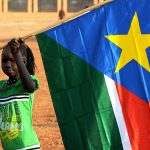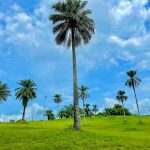Circassia is a land that spreads from the beautiful shores of the Black Sea through the mighty Caucasus Mountains, and ends near the Caspian Sea. It is a region no longer recognized apart from by Circassians themselves, a people known for their toughness and a fierce resistance to colonialism. This is their ancestral homeland, but many Circassians have never seen it and have spent most of their lives in Jordan, Syria, Turkey or elsewhere around the world due to historical forced expulsions and genocide that occurred centuries ago. Despite the separation and the sands of time, many Circassians still speak their ancestral tongue: The Circassian language. Also known as Cherkes, this is a language with over 27 dialects and is a member of the Caucasian language family.
The Circassian Genocide
In the aftermath of the bloody Caucasian War towards the end of the 19th Century, the Russian Empire initiated a scorched earth policy and campaign of ethnic cleansing in the Caucasus region which was targeted towards Circassians – largely due to their refusal to accept Christianity – and many other ethnic groups. The events that followed are widely regarded as the largest genocide that occurred during the 19th century. Those targeted numbered hundreds of thousands, they were rounded up with extreme violence and driven towards the Black Sea to be expelled to the vast lands of the Ottoman Empire. In the process, it’s estimated that 90% of the entire Circassian population were driven out with the majority dying due to disease, shipwrecks or mass executions.
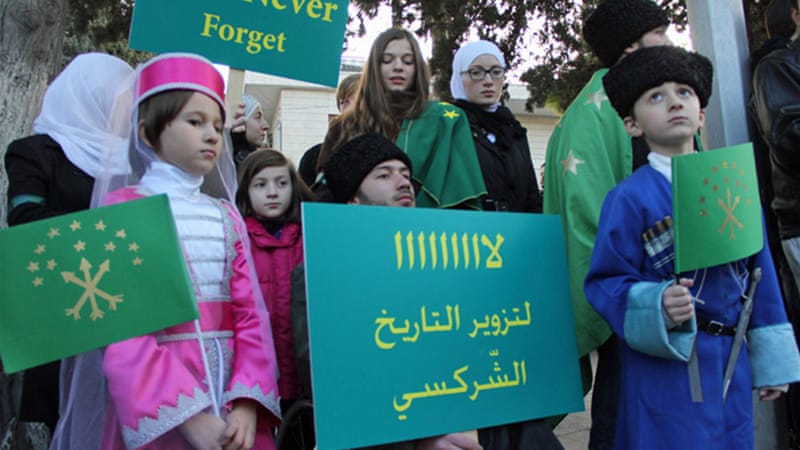
Interestingly, during the Caucasus War, the British Empire were sending secret agents as well as shipments of weapons, food and supplies to the Circassian rebels, which led to a heated diplomatic conflict between Britain and Russia.
The displacement saw Circassians scattered around the world. Inherently Nomadic mountain people, many travelled up to 3,000 kilometres on foot or cart for up to 25 years before settling somewhere. Today, there are around 3 million Circassian descendants dispersed across 40 countries around the world. The site of the 2014 Winter Olympics stadium in Sochi, which was formerly the Circassian capital, was built on the mass grave of Circassian genocide victims.
Map of Circassia:
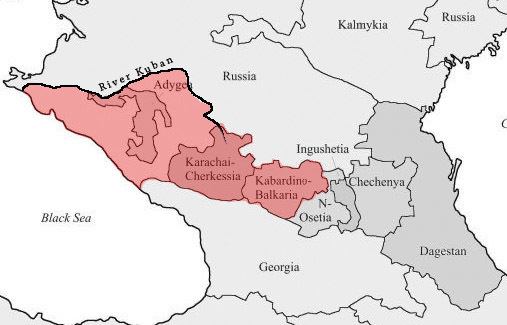
The Circassian Flag
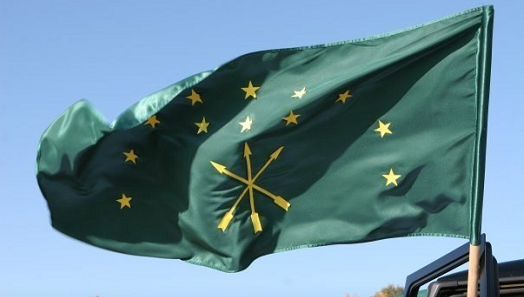
The original Circassian flag was, bizarrely enough, designed by a Scotsman! David Urquhart was working in the British Embassy in Constantinople during the Caucasus War and allegedly designed the flag in the 1830s. Represented on the flag are the lush forests and flora of the Caucasus. The stars represent the various Circassian tribes. The arrows symbolize peace whilst their gold colour represents an abundance of wheat.
For private tours to Circassia and through the wider Caucasus, the badlands that separate Europe and Asia, contact us for a quote!



